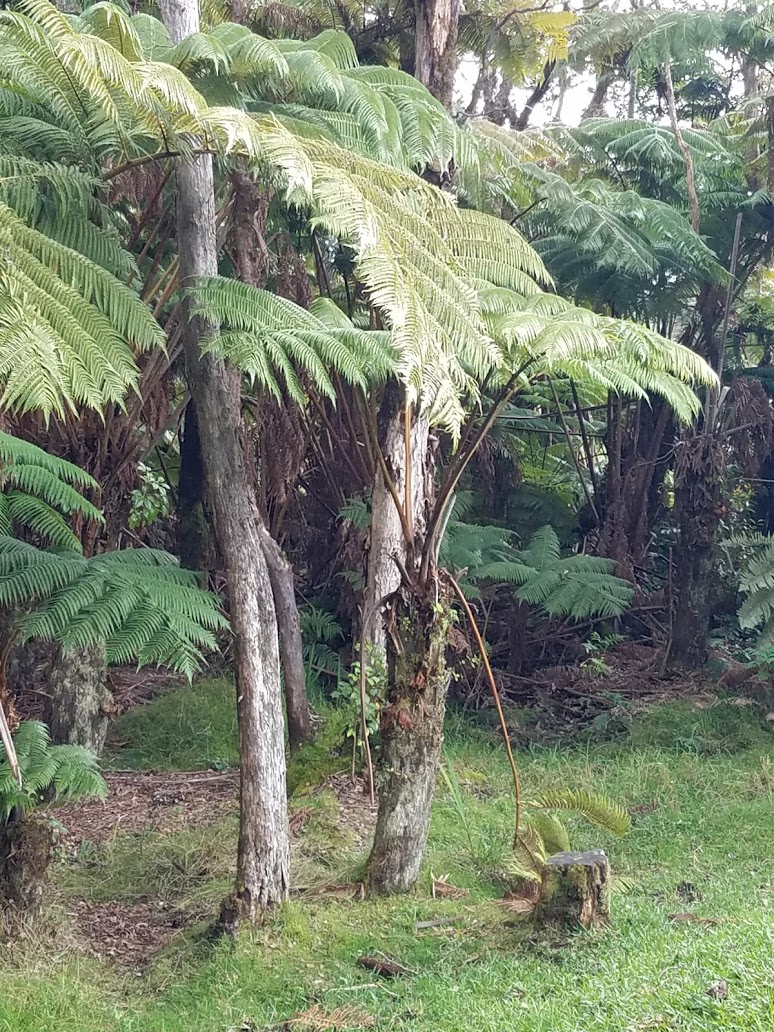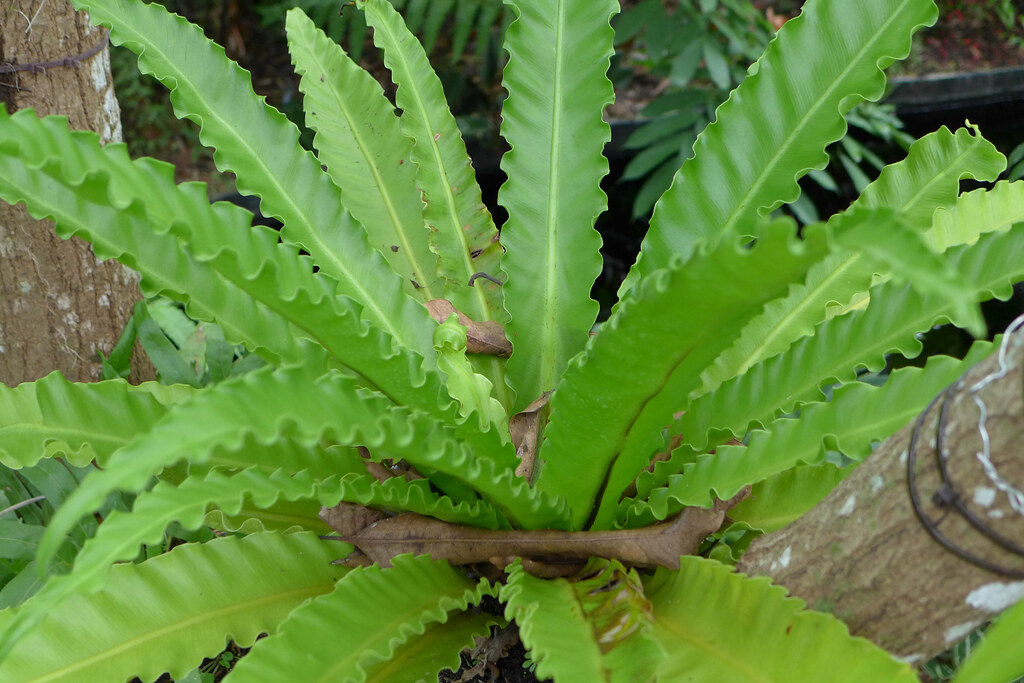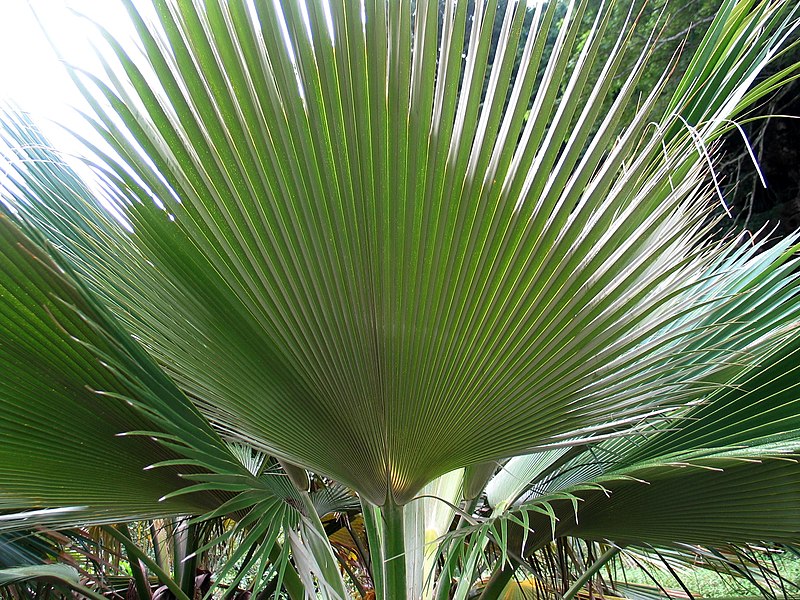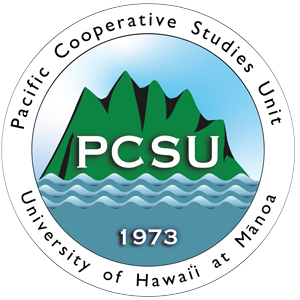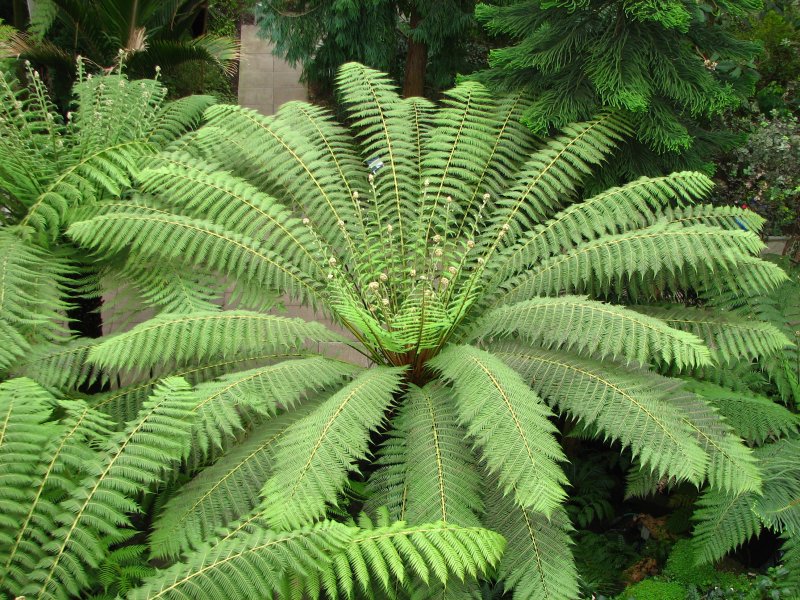
Tasmanian tree fern
DO NOT PLANT: HPWRA Score: 13, High-Risk
Tasmanian tree fern is an invasive plant that’s native to Australia and Tasmania. While it thrives in a broad range of climates, the higher elevation wet forests of the Hawaiian Islands are most at risk. The shade tolerance and long-distance spore dispersal are a dangerous combination for the native forests.
In the 19th century, Soft tree fern was planted in a botanical garden in Sri Lanka. Today, it has formed dense thickets and has spread to an area of over 48 km, a substantial invasion.
It is slow-growing and takes many years to reach reproductive maturity. However, when it does make fertile spores, it does so in massive quantities. A single frond produces as many as 750 million viable airborne spores! Its ability to spread via wind is astronomical, 500 to 800 km is the potential range. It spreads rapidly when fertile fronds are produced. There are few barriers to the dispersal of this species.
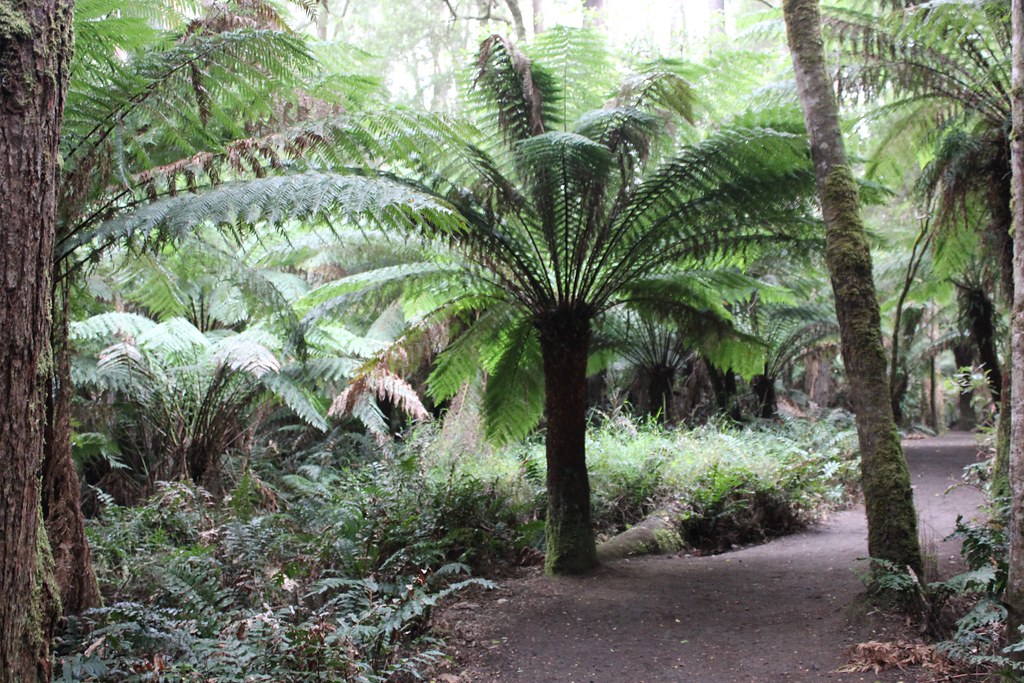
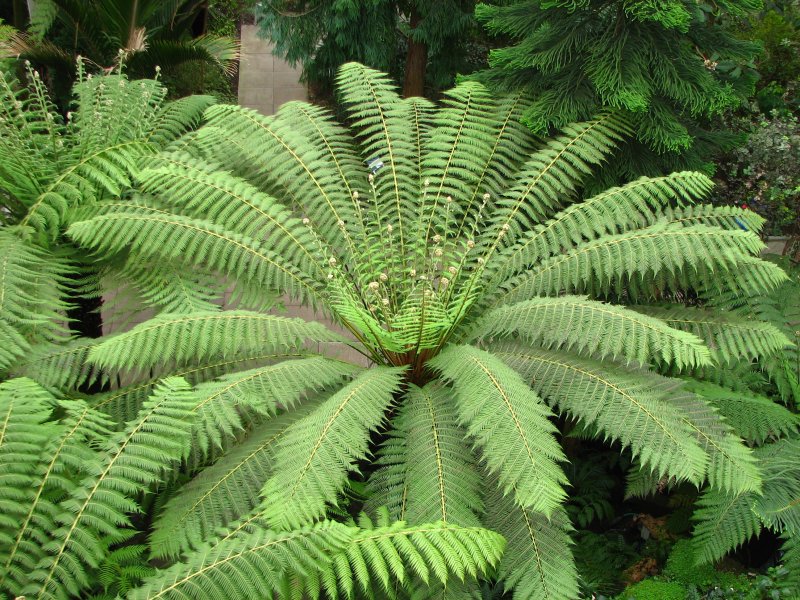
Photos (L-R): Author Chapman, CC, Kew Gardens, CC
Impacts:
- Environmental weed
- Other Dicksonia species have become invasive
- Potentially allelopathic
- Young fronds may contain toxins
- Shade tolerant
- Grows on many soil types (provided adequate moisture)
- Forms extensive stands in native range
- Capable of inter-gametophytic selfing
- Produces 1000s of wind-dispersed spores
- Can reproduce vegetatively
Description:
- Dicksonia antarctica is the largest species in the genus
- Grows up to 15m tall
- Small round sori
- Large dark green roughly textured fronds
Grow these instead
Photos (L-R): Wikimedia Commons, Scott Zona, CC, David Eickhoff, CC
